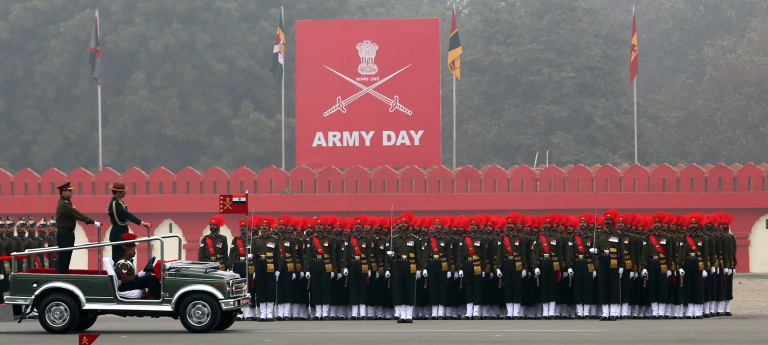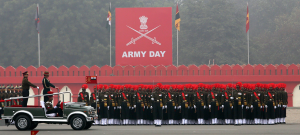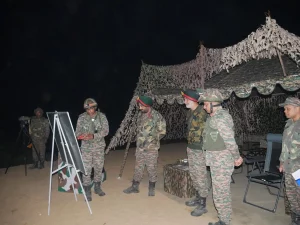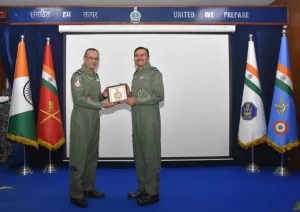THE National Aerospace Laboratories in Bengaluru has successfully completed the first test of a solar-powered “pseudo satellite”, a new age UAV that can significantly increase India’s surveillance and monitoring capabilities in the border areas.
High Altitude Pseudo Satellite
THE National Aerospace Laboratories in Bengaluru has successfully completed the first test of a solar-powered “pseudo satellite”, a new age UAV that can significantly increase India’s surveillance and monitoring capabilities in the border areas. The high-altitude pseudo satellite vehicle, or HAPS, can fly at altitudes of 18-20 km from the ground, almost double the heights attained by commercial airplanes, and, thanks to its ability to generate solar power, can remain in air for months, even years, offering it advantages of a satellite.
But because it does not require a rocket to get into space, the cost of operating HAPS is several times lower than that of a satellite that is usually placed at least 200 km from the earth. HAPS is a still-developing technology, and the successful test flight last week puts India among a very small group of countries currently experimenting with this technology.
The test flight, carried out in the Challakere testing range in Chitradurga district of Karnataka, saw the scaled-down 23-kg prototype with a wing-span of about 12 metres, remain in air for about eight and a half hours, achieving an altitude of about 3 km from the ground. The next step, and we hope to do it next month itself, is to make this vehicle fly for at least 24 hours, during which the entire sequence of power generation, involving the solar cells and batteries that would be charged during the day and consumed during the night, can be tested.
Role
The need for development of high-endurance, high-altitude flying instruments arose from the desire to have continuous surveillance of border areas to detect changes or movements, particularly in the wake of the Doklam standoff in 2017.
Solar-powered Unmanned Aircraft
Solar-powered unmanned aircraft is considered a better solution. Although NASA has been using solar-powered engines for its Pathfinder series of aircraft for a long time, it is only now that other countries have got into developing more sturdy and nimble versions of solar aircraft for a variety of purposes.
Significance
HAPS can be very useful in disaster situations as well. It can even be used to provide mobile communications networks in remote areas, if the normal networks get damaged due to any calamity. A lot of other things that satellites are deployed to do can be done by these vehicles























